Aurora Borealis in Roman Culture: Beliefs about the Northern Lights
How did ancient civilizations like the Romans and Greeks understand The Northern Lights, or Aurora Borealis?
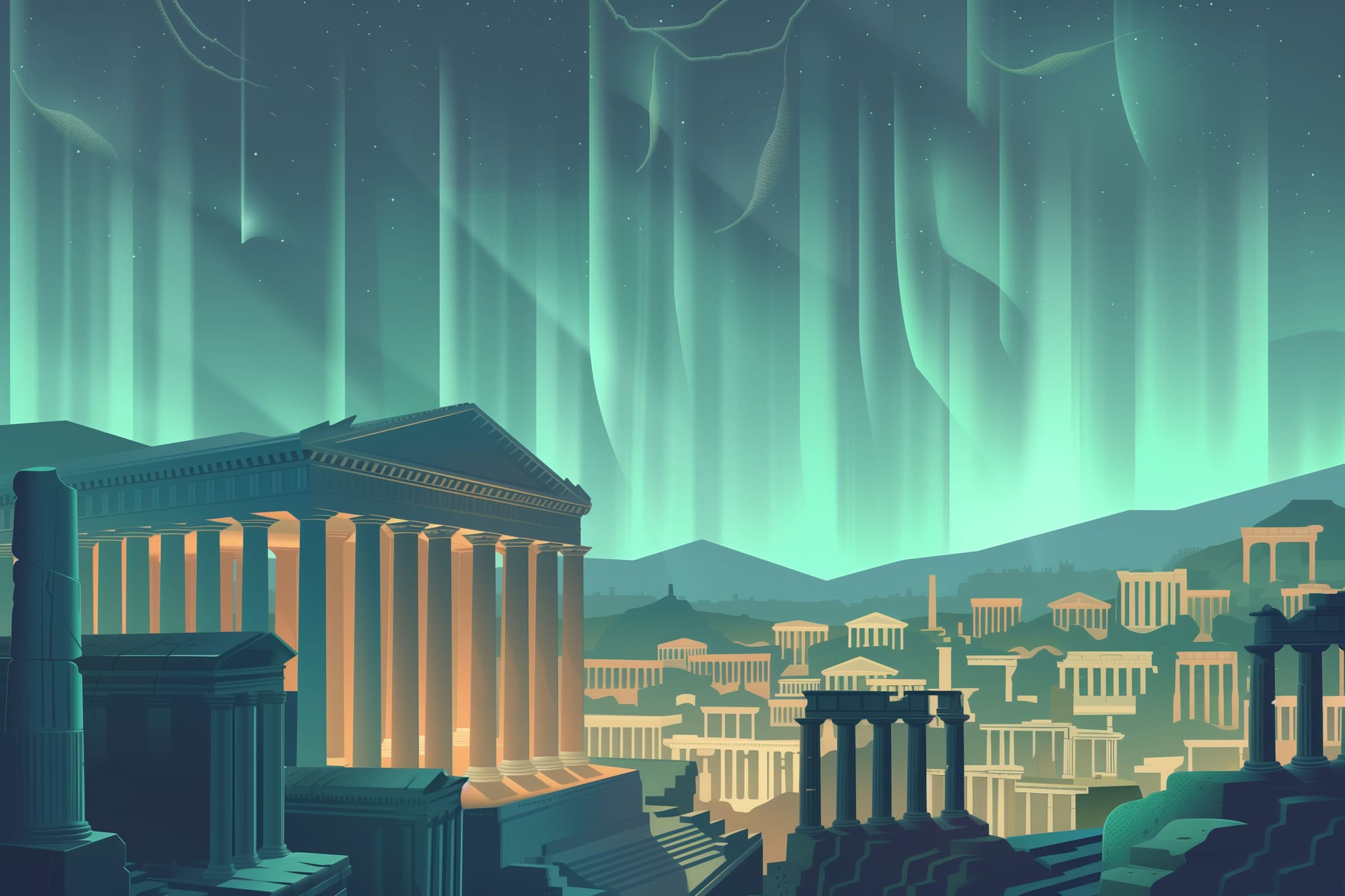
The Northern Lights, or Aurora Borealis, have always mesmerized humankind. How did ancient civilizations like the Romans and Greeks understand this awe-inspiring phenomenon?
An aurora, also known as the northern lights (aurora borealis) or southern lights (aurora australis), is a spectacular natural light display visible mainly in the high-latitude regions near the Arctic and Antarctic.
These lights manifest as dynamic patterns of brilliant colors across the sky, appearing in forms like curtains, rays, spirals, or flickers. Auroras are caused by disturbances in the Earth’s magnetosphere due to the solar wind. These disturbances influence the movement of charged particles, primarily electrons and protons, which then move into the upper atmosphere. This movement causes ionization and excitation of atmospheric particles, emitting light in various colors and complexities.
The specific shape of the aurora depends on the acceleration of these particles. Auroras are not only a phenomenon of Earth but are also observed on other planets in the Solar System, as well as some moons, brown dwarfs, and comets.
The term "aurora borealis" was introduced by Galileo in 1619, derived from Aurora, the Roman goddess of dawn, and Boreas, the Greek name for the north wind. "Aurora" originates from the Roman deity who symbolizes the morning and announces the arrival of the sun, moving from east to west. Ancient Greek poets often referenced Eos, a metaphor for dawn, highlighting the play of colors in the dark sky. The terms "borealis" and "australis" come from the Greek and Roman names for the north and south wind gods, Boreas and Auster, respectively.
Aurora Borealis through history
Cro-Magnon cave paintings in Southern France, dating back around 30,000 years, are thought to depict auroras. The earliest written record of an aurora dates to around 2600 B.C. in China from a story about Fu-Pao, where the auroras are described as "strong lightning" linked to Fu-Pao's pregnancy. Subsequent reports from China after 687 B.C. characterize the lights as resembling fire and animals, especially dragons.
In 593 B.C., auroras were noted in China and were referenced by Greek philosopher Anaximenes as "the accumulation of moving and burning clouds", which is thought to describe auroras. During the same period, Hippocrates and Aeschylus believed the lights were sunlight reflections, while Aristotle proposed they resulted from ground steam igniting in the air. Plutarch, in 467 B.C., might have used Anaxagoras's lost works to describe the lights as a flaming cloud, suggesting that such events were witnessed a few times per decade in ancient Greece.
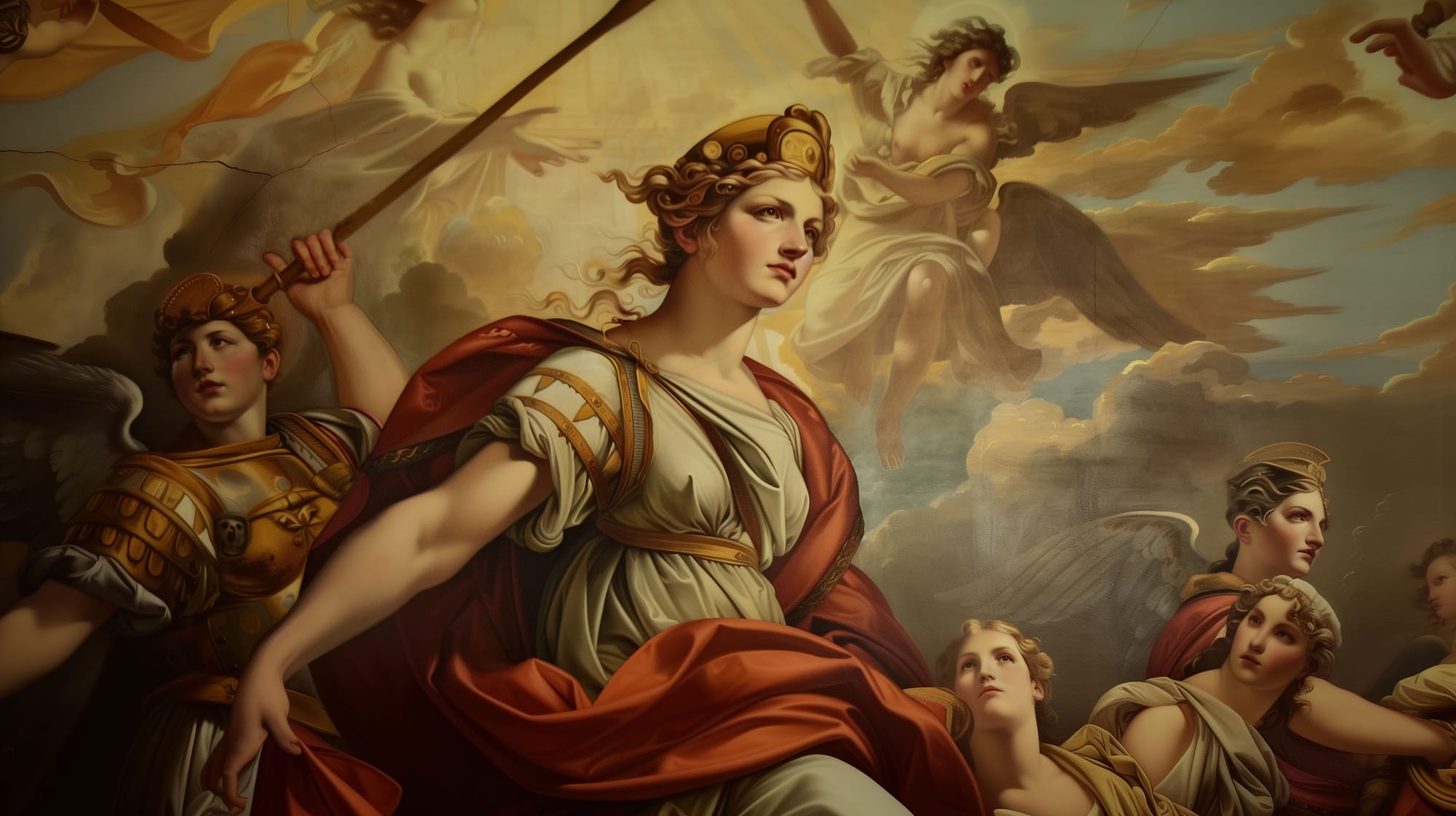
Greek Interpretations: A Dance of the Gods
Despite their distance from the colder regions typically associated with the Northern Lights, ancient Mediterranean civilizations like the Greeks and Romans developed unique interpretations of this phenomenon, possibly during rare weather conditions that allowed visibility further south.
The term "Aurora Borealis" originates from the Greek words for "sunrise" and "wind." Both civilizations linked the lights to goddesses of dawn from their mythologies—Eos for the Greeks, and Aurora for the Romans, embodying dawn in their respective cultural narratives.
The Greeks intertwined their explanations with mythology. The lights were perhaps seen as manifestations of their gods' actions or desires, linking the phenomenon to deities such as Aurora, the goddess of dawn, whose ethereal nature mirrored the transient beauty of the auroras.
Roman Views: Celestial Omens
The ancient Romans often interpreted celestial phenomena as omens. Historical records mention that an aurora resembling horses and soldiers was visible in 44 BC, which was believed to predict the fall of Julius Caesar. Seneca discussed auroras in his "Naturales Quaestiones," where he categorized them into types such as pithaei (barrel-like), chasmata (chasm), pogoniae (bearded), and cyparissae (resembling cypress trees), while also describing their varied colors.
He actually pondered whether they occurred above or below the clouds, and recalled an incident under Tiberius when a particularly intense and red aurora above Ostia prompted a nearby army cohort to mistakenly respond, thinking it was a fire. Pliny the Elder also referenced auroras in his "Naturalis Historia," mentioning phenomena like trabes (beams), chasma, red falling flames, and daylight during the night.
Observations of auroras, along with comets and meteors, were meticulously recorded by the Romans, who linked these celestial events to major earthly and military developments.
A notable report from classical Rome by Pliny the Elder in 77 CE refers to the aurora as a "chasma." He described the phenomenon as the night sky "yawning" open, accompanied by appearances reminiscent of blood and fire descending to Earth.
CHAP. 58. (57.)—RATTLING OF ARMS AND THE SOUND OF TRUMPETS HEARD IN THE SKY.
We have heard, that during the war with the Cimbri, the rattling of arms and the sound of trumpets were heard through the sky, and that the same thing has frequently happened before and since[1]. Also, that in the third consulship of Marius, armies were seen in the heavens by the Amerini and the Tudertes, encountering each other, as if from the east and west, and that those from the east were repelled[2]. It is not at all wonderful for the heavens themselves to be in flames[3], and it has been more frequently observed when the clouds have taken up a great deal of fire.
Caius Plinius Secundus, Historia Naturalis
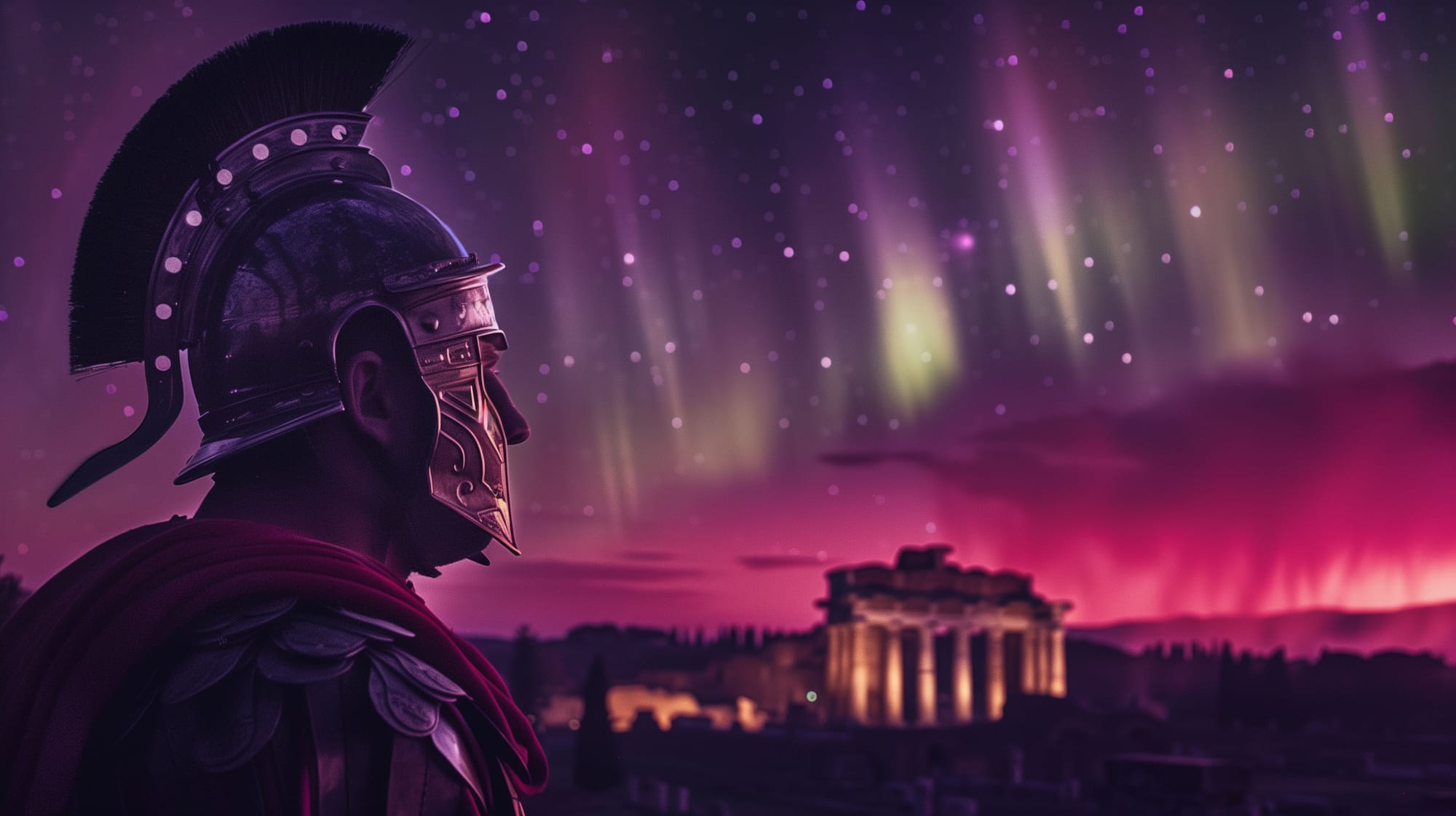
People in the Roman Empire, often perceived the Northern Lights as portents of significant events. Influenced by their gods and celestial beliefs, they might have interpreted these lights as messages from the gods or as signs foretelling changes in the empire.
Despite their mythological interpretations, these observations laid the groundwork for the blending of science and culture. The Romans and Greeks contributed foundational ideas that shaped the early understanding of natural phenomena, including the auroras.
While modern science provides us with detailed explanations of the Northern Lights, exploring ancient interpretations helps us appreciate how these natural wonders influenced mythology, religion, and early scientific thought.

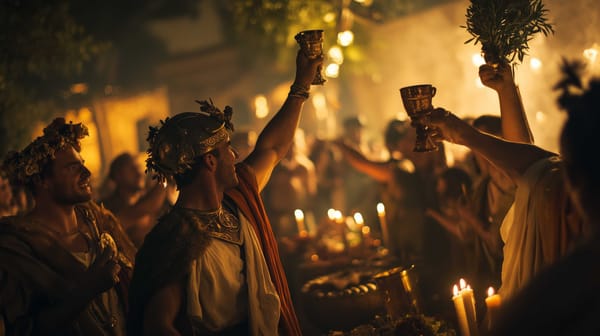
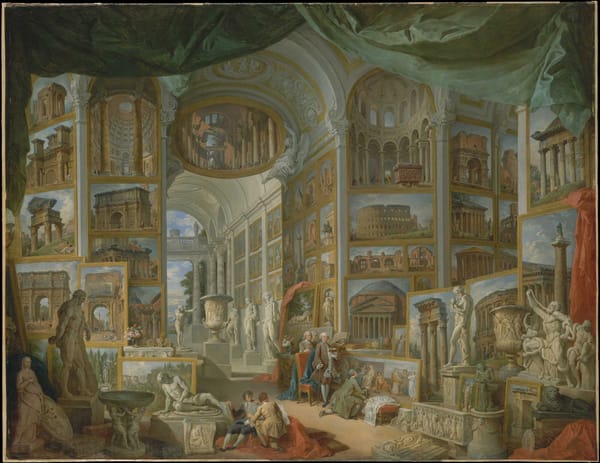
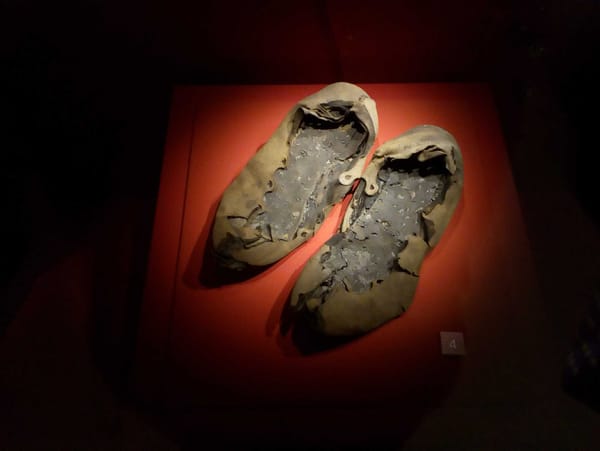
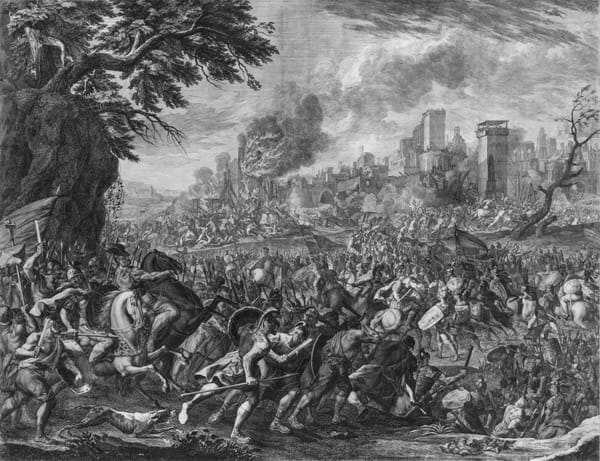
About the Roman Empire Times
See all the latest news for the Roman Empire, ancient Roman historical facts, anecdotes from Roman Times and stories from the Empire at romanempiretimes.com. Contact our newsroom to report an update or send your story, photos and videos. Follow RET on Google News, Flipboard and subscribe here to our daily email.
Follow the Roman Empire Times on social media: